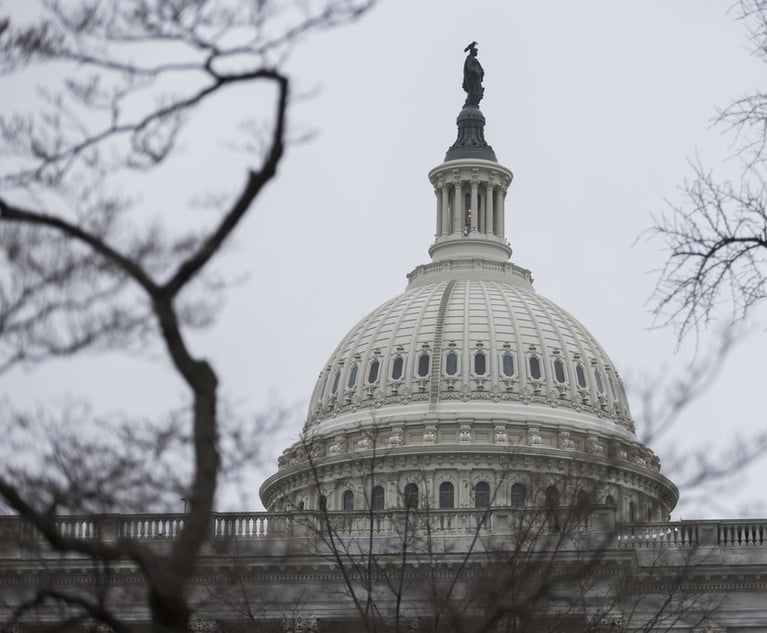A recent decision by the U.S. Supreme Court will require the Federal Trade Commission to fundamentally change how it conducts its consumer-protection enforcement program. For the past four decades, the FTC brought the vast majority of its enforcement actions in federal district court under Section 13(b) of the Federal Trade Commission Act. The FTC recovered billions of dollars in those cases in the form of “equitable monetary relief,” but there was a hitch. Section 13(b) only authorized “injunctions.” It said nothing about returning money to consumers. In AMG Capital Management v. Federal Trade Commission, a unanimous Supreme Court held that the FTC has no authority to seek monetary remedies under Section 13(b). The Supreme Court made clear that the FTC can still seek to have defendants return money to consumers, but must use a different section of the FTCA that requires administrative processes and provides defendants special protections.
To understand the case and what was at stake, it is helpful to understand the FTCA as a whole. Enacted in 1914 and amended over the years, the FTCA sets out a comprehensive regulatory scheme. It provides that the FTC’s mission is to prevent “unfair methods of competition” and “unfair or deceptive acts or practices in commerce.” And it gives the FTC a variety of tools to carry out that mission, through both administrative proceedings and actions in federal district court.


 The U.S. Supreme Court building in Washington, D.C. Photo: Diego Radzinschi/ALM
The U.S. Supreme Court building in Washington, D.C. Photo: Diego Radzinschi/ALM





